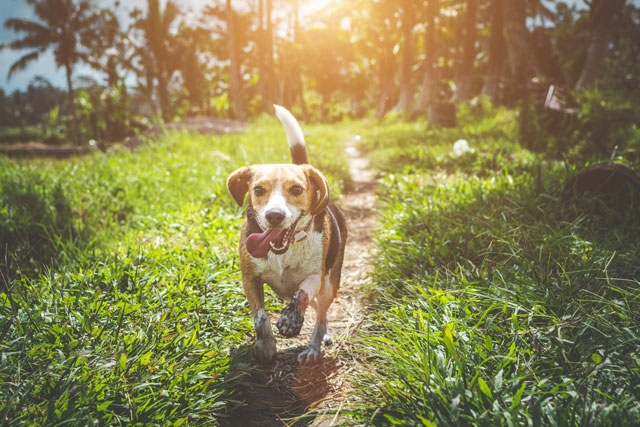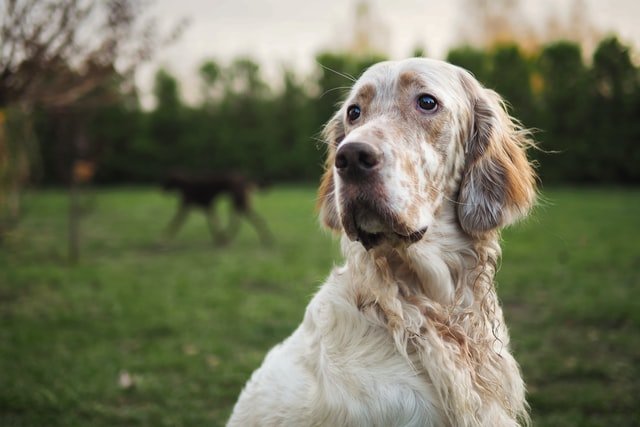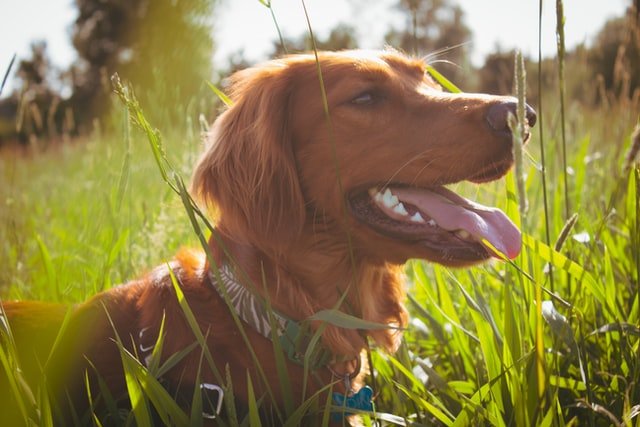The 25 Dog Breeds With Longest Life Spans

We may not want to think about it, but all pet parents will have to say goodbye to their cherished dogs one day. And although they are sure to be deeply loved no matter how long they are in your life, some will get to stay longer than others.
Every responsible owner wants the best for their dog, so should do everything in their power to ensure their dog remains healthy and happy into old age. Dogs need a nutritious diet, plenty of exercise and access to veterinary care.
Although every dog is different and their health could be affected by underlying conditions or lifestyles, some breeds are healthier than others and less prone to health conditions that may shorten average life spans.
Below, using data from the American Kennel Club, PetMD and the Dogs Longevity website set up by Dr. Kelly M. Cassidy, Newsweek rounds up which breeds have the average longest life spans.
Jack Russell and Parson Russell terriers
Russell terriers are alert and lively and tend to be “happy, healthy little dogs,” according to the Kennel Club. They live to the average age of 14.
Lhasa apso
Lhasa apso dogs are smart and confident and, as a breed, generally robust and healthy. These dogs will likely live to be around 14 years old.
Miniature dachshund
Miniature dachshunds are friendly and lively. They have average life spans of 14 years as long as they are kept healthy and happy.
Miniature poodle
Miniature poodles are smart and proud. They can generally live to be any age from 10 to 18.
Bearded collie
The American Kennel Club describes the bearded collie as a “sturdy” breed that generally lives until the age of 12 to 14. These dogs are smart and charismatic.

Cardigan Welsh corgi
Cardigan Welsh corgis are affectionate and smart dogs that are generally healthy, with an average life expectancy of 13.

Dachshund
Dachshunds live for 12 to 16 years, according to the American Kennel Club. PetMD says they have an average life span of 13 years.
English springer spaniel
As a breed, English springer spaniels are generally healthy and live to the age of 12 or 14. They are also friendly and obedient dogs.
Shetland sheepdog
Shetland sheepdogs are energetic and bright and have an average life span of 13 years.
Shih tzu
Healthy shih tzu dogs can live to be any age between 10 and 18, but have an average life span of 13 years. Shih tzus are known for being affectionate and playful.
Toy poodle
Most toy poodles have long, happy and healthy lives and can live to be 18, although the breed’s average life span is 13. Toy poodles are generally smart and self-confident dogs.
Border collie
The smart and energetic border collie is hardy and healthy. The breed will generally live to the age of 13.
West Highland white terrier
West Highland white terriers are loyal and happy dogs. They have average life expectancies of 13, as they are generally a healthy breed.
Whippet
Whippets are affectionate and playful dogs that live to an average age of 13. They will benefit from maintaining a healthy diet, as their frames are not suited to carrying excess weight.

Afghan hounds
The Afghan hound is a dignified and loyal breed that has an average life span of 12 years.
Golden retriever
Golden Retrievers are friendly and devoted dogs that live to the age of 12, on average. They are generally healthy as a breed.
Australian shepherd
Australian shepherds are smart and work-oriented dogs that are generally healthy and have an average life span of 12 years.
Beagle
Beagles are friendly and curious dogs and generally live to an average age of 12.
Bichon frise
The bichon frise breed is playful and curious. They have an average life span of 12 years.
English cocker spaniel
English cocker spaniels are energetic dogs that generally live to the age of 12.
English setter
English setters are friendly and merry. They tend to live to be around 12 years old.
Irish setter
Irish setters are an active breed that live to the age of 12, on average. They are generally healthy.
Labrador retriever
The friendly and outgoing Labrador retriever can live to be around 12 years old if they are kept healthy.
Maltese
Maltese dogs are known for being playful and charming. As a breed, they have few health issues and “will usually live well into the double digits,” according to the American Kennel Club. They have an average life span of 12 years.
Miniature schnauzer
Miniature schnauzers are smart and obedient dogs and generally a healthy breed, living to an average age of 12 years.
- Behavior (15)
- Caring for your pet (292)
- cat (16)
- Community Events (20)
- dog (17)
- From Our Clients (15)
- Happy Tails (12)
- News (454)
- Press (53)
- Products (2)
- Questions (4)
- Recalls (1)
- Special Offers (6)
- Tips & Advice (231)
- Uncategorized (21)
- Veterinary Services (49)
